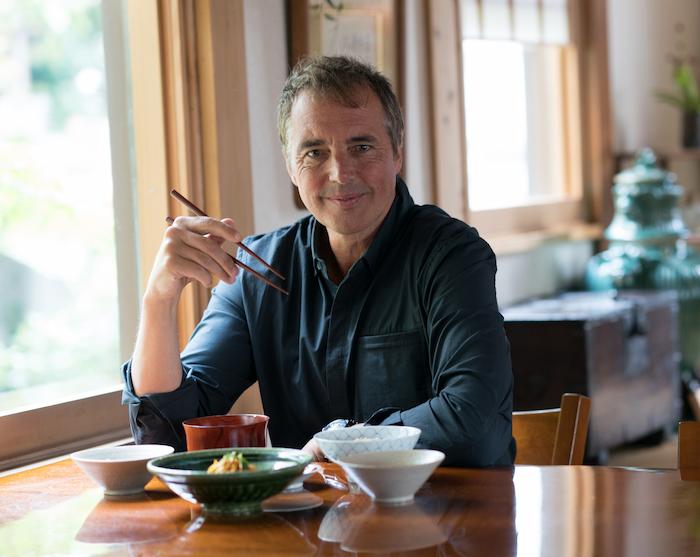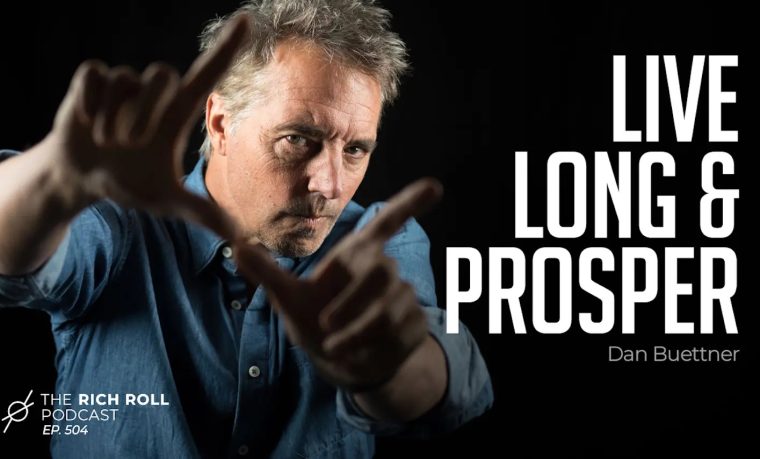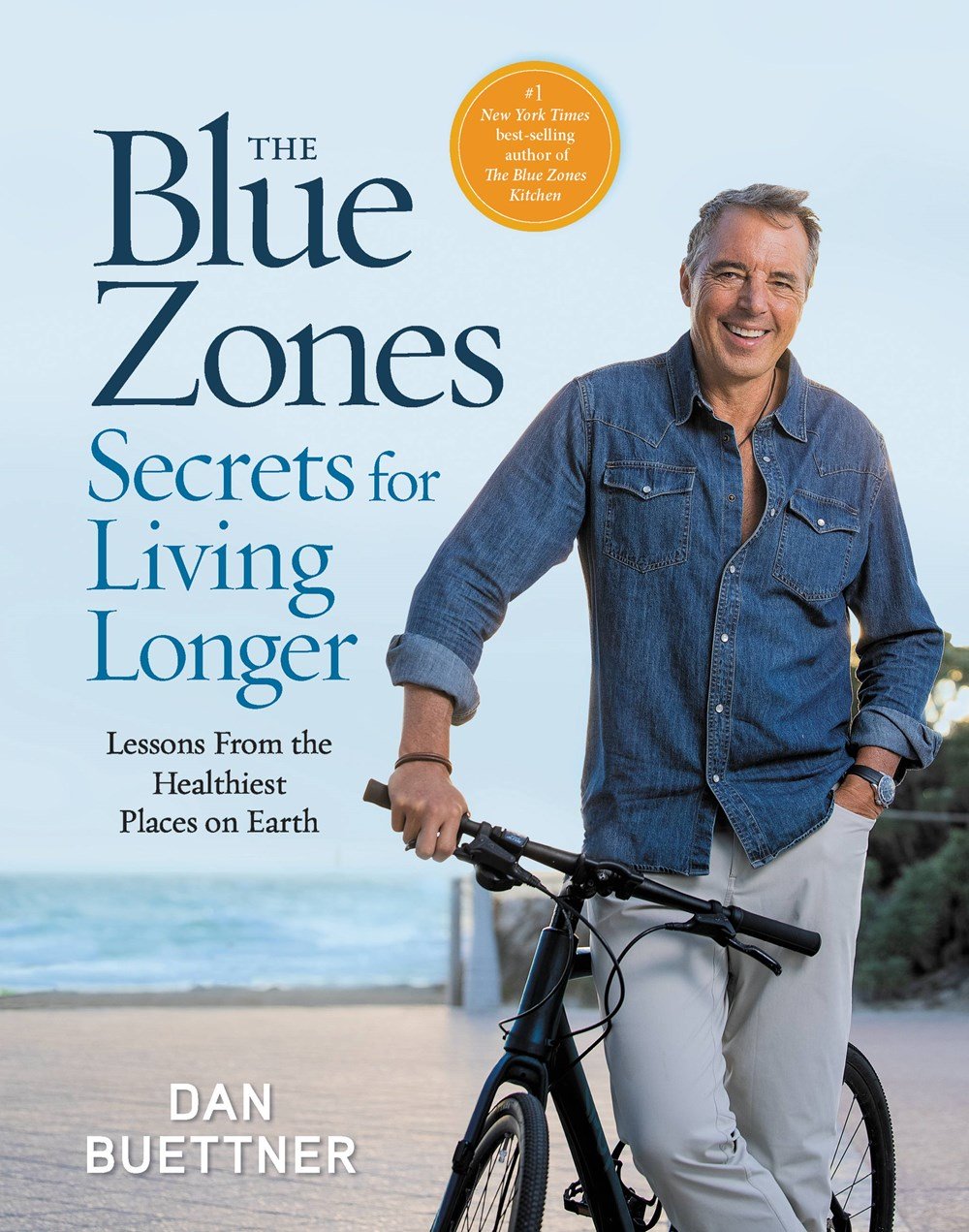Even now, in 2022, the life of “Renaissance man” Michelangelo can teach us a lot about longevity.
Let’s start with the basic facts. Michelangelo lived to be 88 years old, meaning that he exceeded our own life-expectancy figures despite living roughly 500 years before us. I think it’s fair to say that, under modern conditions, Michelangelo could easily have lived to 100. He was a blue zones all-star in the making!
Michelangelo didn’t live in a blue zone, but he was never far from one; Florence and Rome, his two main residences, are within a couple hundred miles of Sardinia. Regardless, Michelangelo modeled certain aspects of the blue zones’ lifestyle quite well.
To rattle off five quick examples:
- He largely abstained from vices like alcohol. Unlike other paragons of historical talent—Mozart, for instance—Michelangelo wasn’t really the partying type.
- He lived (and ate) simply and cheaply. He explicitly made it a point to do so, as he once explained to a pupil, and he really did live like a poor person no matter how much money he had. Michelangelo would most certainly have been familiar with “peasant foods,” by which I mean simple raw ingredients (think barley, greens, and nuts) and unrefined, unprocessed foods—fresh food rather than rich food.
- He got constant, low-impact, mindless exercise. I don’t envy the crick in his neck from painting a ceiling while standing for four years (he couldn’t lie on his back because the extra scaffolding would have blocked too much light), but climbing scaffolding and painting on your feet all day will definitely keep your body tuned and ready.
- He had a social safety net, even as a solitary person. Nowadays, we’d quickly label him as an eccentric and an introvert. Even so, he was known and respected in the social circles he inhabited, and he maintained numerous types of relationships that enriched his personal life and his professional options. He might not have been a “people person,” but he understood the need for a social context.
- He embraced the power of the environment over his options. Michelangelo himself credited some of his talent with marble to the fact that he’d grown up around it (his family owned a marble quarry) and had been open to taking a deeper interest in it.
But there’s one particular blue-zone lesson that Michelangelo exemplifies particularly well and that is the importance of occupying and challenging one’s mind.

We understand frustratingly little about the human brain and how it works in detail, but this much seems clear: past a certain age, you either use your faculties or you (start to) lose them.
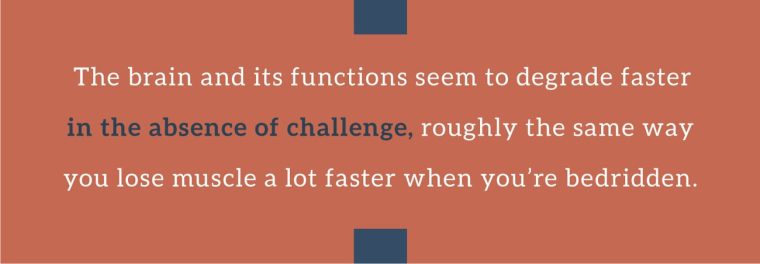
I talk a lot about food, diet, and nutrition because the science makes it overwhelmingly clear that they’re such big factors in our longevity. This is one of the times, however, when the Lesson in Longevity has virtually nothing to do with our food and everything to do with our psychology.
Bear in mind: when we talk about Michelangelo, we’re talking about a person who mastered not one, not two, but three art forms in his own lifetime, and without specifically meaning to. He produced two of the greatest marble sculptures ever conceived (Pietà and David) before he turned 30, and then he painted the Sistine Chapel and designed St. Peter’s Basilica (among other things).
Imagine this titan of Western culture as best you can, and then read the four humblest, most important words he ever uttered. At the tender age of 85, he said:
I am still learning.
The point is not that we should all aspire to do what Michelangelo did. The point is that Michelangelo didn’t limit himself with the things he wanted to do in the time available to him, and this could only have made more (life)time available to him. He never assumed that he couldn’t do something simply because he wasn’t already good at it, or because he’d already found an area of expertise. He never assumed that old dogs couldn’t learn new tricks. In fact…
According to legend, Michelangelo received the Sistine Chapel commission from the Vatican thanks to a bit of underhanded maneuvering by his artistic rival, who hoped to push Michelangelo far enough out of his perceived comfort zone (from marble sculpture to fresco painting) that he would fail at his work and fall out of favor with his patrons, particularly the Church.
Michelangelo was frustrated at first, and the learning curve for the Sistine Chapel project was steep (the thing about painting frescoes is that you’re basically painting on wet plaster, which means that a lot of things can go wrong and you have to work fast). Still, Michelangelo basically insisted upon doing the project his way, with a radical design unlike anything the Vatican had proposed or even imagined, and so the world was again awed into silence by his talent.
By the time the chapel ceiling was fully underway, he was working at a breakneck pace, but he was basically whistling while he worked—to the point that he even had time for some cheeky, self-indulgent humor (like painting himself in a few places, most notably as God in “The Creation of Adam”).
Here are three pieces of advice brought to mind by Michelangelo’s life of mind:
The first: Try to realize that Michelangelo didn’t limit his personhood or identity to his extant professions and talents. To adapt a piece of advice from Ralph Waldo Emerson, Young Michelangelo didn’t think of himself as a sculptor so much as a person sculpting, and this distinction made a huge difference when he was presented with the Sistine Chapel opportunity.
The second: Your interests can be as narrow or diverse as you like; you can focus on mastering one skill or dabbling in several. There’s no perfect way to pursue interests except the way that’s perfect for you; after all, it’s your time to spend and your life to extend. Having said that, notice that Michelangelo didn’t allow himself to get stuck on any one thing; he always had some project occupying his attention, and it wasn’t unusual for him to pause one project and resume another if he was creatively blocked (or if his patrons were behind on paying him).
And the third: If you’re looking for ideas, two of the best ways to keep the mind sharp are learning new languages and playing musical instruments. That’s not just because the activities are challenging and keep us on our toes, or because the rewards are palpably enjoyable (though both things help). It’s because these activities, more than any others, promote brain plasticity and help to ward off conditions like dementia and Alzheimer’s disease.

As long as we’re talking about hobbies and pursuits, let’s talk about the best ingredient for improving them: other people.
Your mileage may vary, of course. I don’t mean to impose extraversion upon any of you—nor, much less, do I hear anyone arguing that Michelangelo would have been “more successful” if he’d attended more happy hours. At the same time, he did belong to a social context which ultimately served him well and made his work possible, if not also his health and longevity.
So I won’t try to say when, where, or how you have to socialize, and I definitely won’t insist that you share all of your hobbies with others (especially not if it’s writing).
But I will urge you to re-consider your options for socializing and, more broadly, your opinion of clubs and social memberships, because they do have a surprising effect on your health and happiness.
Here’s some food for thought on the subject:

The idea here is to commit to some club, volunteer group, or social organization—a sphere of people with a common interest—which compels you to show up regularly, whether because of organizational rules or out of peer pressure.
Loneliness and social isolation are killers; they open us up to all kinds of health problems, and therefore lower life expectancy by quite a bit.
Sadly, we live in a time when both things are more common than ever. According to a study from The Survey Center on American Life, 1 in 6 American men and 1 in 10 American women don’t have a single friend. As friendships are concerned, the last few years have been rough, and for a number of reasons (not just COVID).
Clubs and organizations, especially those built around a common interest, present great opportunities to remedy that. You can’t force friendships, of course, but you can put yourself in positions where natural, genuine friendships are likely to take root.
This might sound like an odd tangent, but it isn’t: if you’re hard of hearing and you’ve been resisting the idea of getting hearing aids, you might want to know that difficulty hearing has been linked to dementia and depression. The effect of hearing loss isn’t just the moment-by-moment sensory deprivation like someone would experience with earplugs; if you think about it, the effects of hearing loss (including the cumulative psychological effects) make a person less willing and able to participate in social activities.

Ikarian Stuffed Eggplant (Imam Bayildi)
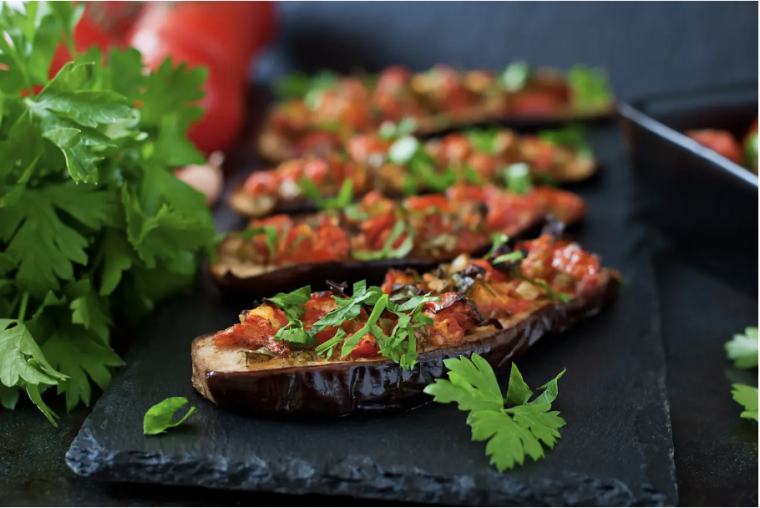
Most of the food eaten in Ikaria is harvested from seasonal gardens, which provide the purest form of the Mediterranean diet in the world. Summer plots feature arugula tomatoes, peppers, eggplant, and varieties of citrus fruits. This Ikarian variation of an iconic Turkish eggplant recipe is a celebration of Ikarian summer vegetables and offers antioxidant-rich anthocyanins from the popular nightshade eggplant. Add the heartiness of potatoes and you have another one-pan meal that won’t leave you wanting. This is a chewy, richly textured entrée that’s hearty enough to satisfy even your biggest carnivores at dinner time.
Ingredients
5 medium eggplants, ends cut off, scored deeply four times lengthwise
1 cup parsley, chopped
2 large tomatoes, diced
2 onions, diced
4 cloves garlic, sliced in thirds
1 cup extra-virgin olive oil
1 potato, peeled and thinly sliced
1 bell pepper (green, red, or yellow), diced
Salt and pepper to taste
The Method
In a large pan, sauté eggplants in olive oil for about 10 minutes, rotating often.
In a medium bowl, mix together parsley, tomatoes, onions, garlic, bell pepper, and 1 cup olive oil as your stuffing mixture.
In a separate pan, sauté stuffing for 6-8 minutes, or until onions are tender.
Add the stuffing mix on top and into the eggplants. Place potatoes around the eggplants in the pan.
Cook over low heat for about 30 minutes, checking the pan for liquid and basting with cooking liquid, if needed.

People living in Blue Zones aren’t actively trying to cultivate habits for long life. Their environments are set up in ways that naturally support healthy behaviors. In this section of Eating to 100, I will share one simple habit you can incorporate into your life. Do it long enough, it becomes part of how you live. Build up enough of these habits, you’ll likely add years to your life and life to your years.
If you thought Michelangelo was a dated reference (from five centuries ago)… well, our final stop for today is about five times older than that.
About 2,500 years ago, Confucius invented one of the best rules in the world for eating to 100. It’s a mantra common among Okinawan women (the oldest-lived women in the world), and if anything, the mantra makes even more sense today than it did in Confucius’s time.
It’s three little words: hara hachi bu. Translation: stop eating when you’re 80% full.
Why is this such good dietary advice, and especially nowadays? Three reasons:
Your stomach doesn’t give the most precise feedback. You’ve probably heard that it takes several minutes for your stomach to “update” your brain on how full it is. That’s an oversimplification, but the essential points are still true: (A) fast eaters can easily blow past the 80% mark without realizing it and (B) no matter how reasonable your eating pace, you can still overeat if you’re aiming for 100% full.
That last 20% tends to hurt you more than it helps you. All of us have experienced the literal pain(s) of overeating at some point, which is to say the bodily discomforts. But leaving aside what we can literally feel, we usually don’t have immediate use for the energy that the final 20% would give us, meaning it often winds up stored as fat.
The same is true in the long run, not just the short run. That 20% difference—potentially hundreds of calories at a time—adds up over the course of months and years. It’s a surprisingly big part of the difference between middle-aged, overweight Americans and their spry Okinawan elders.

The Blue Zones American Kitchen is available now! If you haven’t ordered your copy yet, you can do so from any retailer where books are sold. Each week, we’re celebrating some of the incredible chefs who have shared their brilliance with us in this lost American Diet of Longevity.

Ruth Chang will tell you that she made it to 94 years old with the help of a steady diet of tofu and cod liver oil, which she had a spoonful of every night as a child. Her sisters are 90 and 96. She learned to cook out of necessity after having children- learning from a Chinese friend at her church how to make the foods of her childhood.
Her philosophy: Life starts at 60! Enjoy it, your people, and your family.
She shared her recipes for Veggie Noodle Stir Fry, Bean Thread Noodles with Bok Choy, and Savory Garlic Tofu with Minced Mushrooms with us in The Blue Zones American Kitchen.
